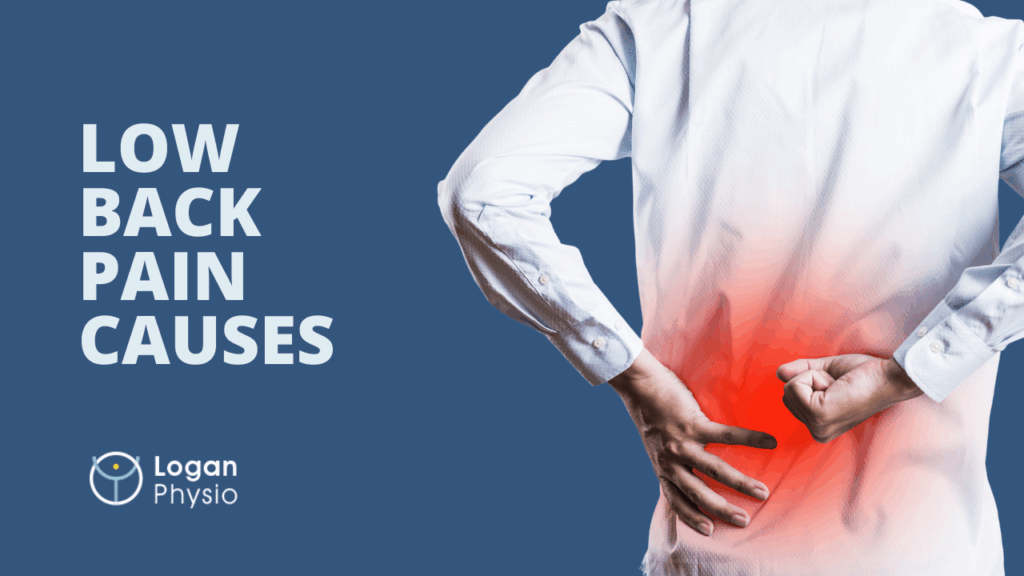Low back pain is one of the most common musculoskeletal complaints, affecting people of all ages and occupations. While many individuals refer to their pain as a “muscle strain,” the actual cause is often more accurately described as a sprain or disc injury. Understanding the true causes of low back pain is essential for effective treatment and recovery.
Anatomy of the Spine: Key Structures Involved
Your spine is made up of a complex network of joints, ligaments, discs, and muscles. Each spinal segment consists of:
- Intervertebral discs – these function as shock absorbers between vertebrae and are considered joints themselves.
- Facet joints – two small joints at each spinal level that allow for flexibility and controlled movement.
- Ligaments – strong bands of connective tissue that stabilize and support the spine.
- Thoracic spine rib joints – in the mid-back (thoracic) region, each vertebra also connects to a rib on both sides via small joints.
When the spine is subjected to sudden or excessive movement—such as during lifting, twisting, or falling—these small ligaments can be overstretched or torn, resulting in a sprain.
What Happens When You “Sprain” Your Back?
Ligaments surrounding the facet joints and intervertebral discs can become injured through common daily activities or acute trauma. Even the disc material itself is made of similar fibrous tissue and can be sprained in a similar manner.
Common Sprain Triggers Include:
- Poor lifting technique
- Repetitive movements
- Sudden awkward movements
- Sports injuries
- Falls or direct impact
Despite common misconceptions, true muscle strains in the back are not often seen on diagnostic imaging. In my many years as a physiotherapist, I have never encountered an MRI, CT scan, or ultrasound report that clearly identified a “muscle strain” as the primary issue in cases of acute low back pain. Instead, the diagnosis is nearly always related to facet joint sprains, ligamentous injury, or disc involvement.
Why “Sprain” is the More Accurate Term
Unlike muscle strains, which involve tearing of muscle fibres, a back sprain involves injury to ligaments or connective tissues—such as those found in the disc or around the facet joints. These sprains follow a predictable healing timeline, much like an ankle sprain:
- Mild sprain: Recovery within a few weeks
- Moderate to severe sprain: Healing may take several months
By understanding the real source of the pain, patients and healthcare providers can more effectively select the appropriate treatment strategies, such as rest, targeted physiotherapy, postural education, and gradual reloading exercises.
Final Thoughts
When diagnosing acute low back pain, it’s important to use the correct terminology. Most back injuries are not due to muscle strains, but rather sprains of the spinal ligaments or intervertebral discs. Recognising this helps guide better management and expectations for recovery.
If you’re experiencing persistent or recurring low back pain, consult a physiotherapist for a thorough assessment and personalised treatment plan.
🗓️ Make an appointment to see one of our experienced physiotherapists!



